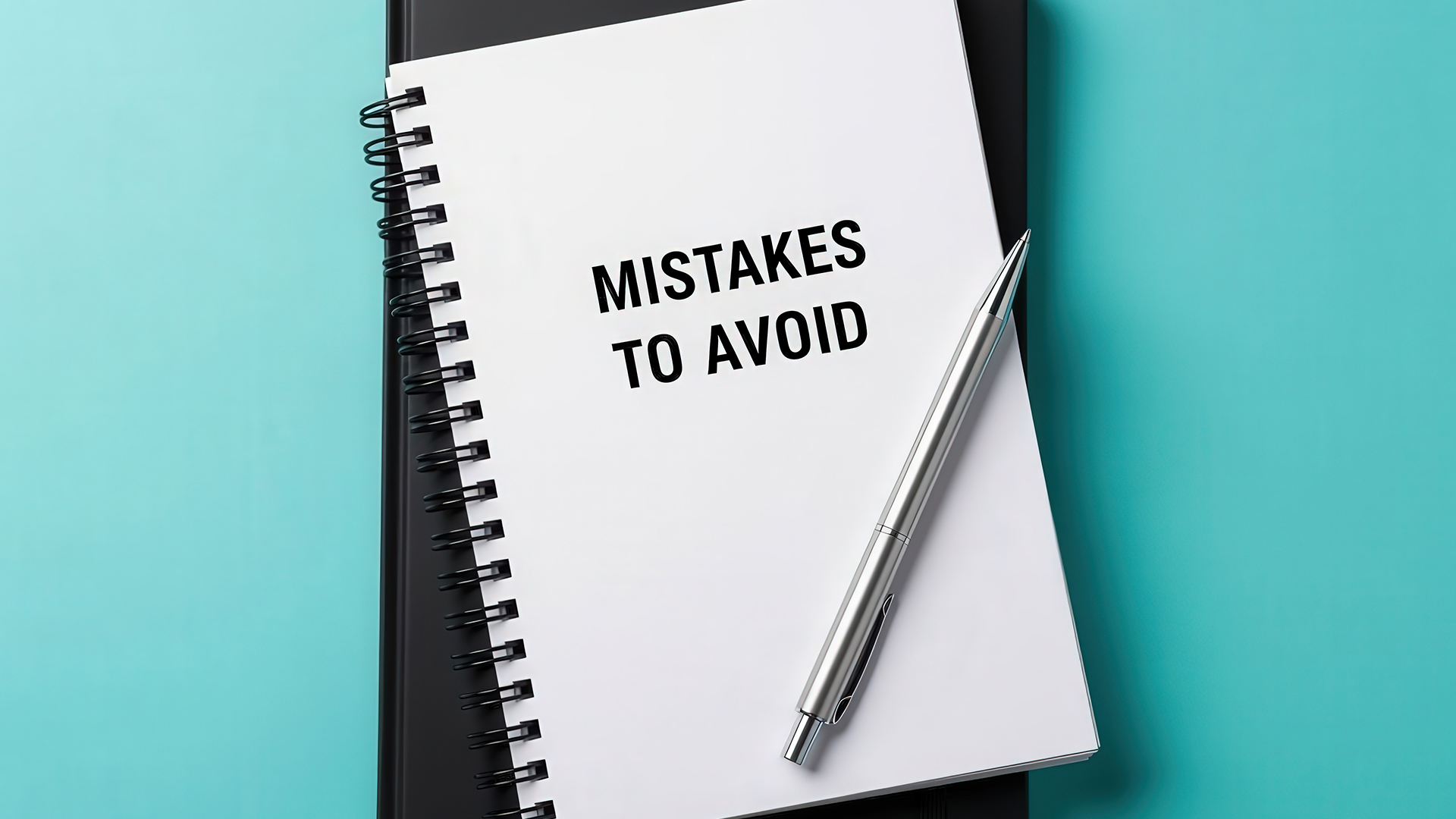After years of saving for your child’s education in a Registered Education Savings Plan (RESP), it’s finally time to use it!
This guide will walk you through how to use your RESP account strategically to avoid unnecessary tax bills, lost government grants, and more.
There are two types of payment options that can be made when RESP funds are withdrawn.
1. Post Secondary Education (PSE) payments
These payments are from the contributions you made to the RESP. These are not taxed on withdrawal because you already paid tax on the contributions.
2. Educational Assistance Payments (EAP)
These payments include federal and provincial education savings grants and all earnings on contributions and grants. EAPs are taxed as income for the student in the year it is withdrawn.
Since different types of RESP payments are taxed differently, it’s important to plan your withdrawals carefully to avoid unnecessary taxes.
To help you do that, here are common mistakes to avoid when withdrawing RESP funds.
- Withdrawing only PSE payments first
A lot of parents think it’s better to withdraw their tax-free contributions first. However, if you only withdraw PSE payments, you may lose access to government grants if your child does not continue in school. It’s better to balance your withdrawals between PSE and EAP while your child is in school.
- Withdrawing large EAPs during a scholarship year
Students often receive a scholarship for high grades when they are accepted into a post-secondary program. If you take a large EAP withdrawal in the same year as the scholarship, you can cause your child’s income to be pushed into a higher bracket and reduce their credit eligibility. To avoid this, tell your wealth advisor and they can plan for withdrawals based on your child’s total income, not just the required tuition.
- Assuming online and part-time programs do not qualify
The CRA has criteria on what online or part-time programs qualify for EAP withdrawals. Don’t assume just because your child is taking courses part-time that they do not qualify.
- Assume that you need to spend what you withdraw
It’s a common misconception that you need to spend exactly what you withdraw. For example, if your child is living at home and commuting, you may think you need to withdraw less EAPs. This is incorrect because EAPs are not reimbursement-based and you don’t need to show itemized spending.
- Taking out EAPs during non-education periods
If your child is taking a gap year, internship, or co-op term, then they are not technically enrolled full-time and you cannot withdraw EAPs. If your child is considering taking a gap term or co-op, tell your wealth advisor so they can adjust your withdrawal to be during active semesters.
- Not considering RESP withdrawal strategies for multiple kids
Many families with children close in age will have a family RESP but they use it like an individual RESP. However, you can shift grant money and growth between children in a family plan. This means that if one of your children does not attend school, you can shift grants to the child that is currently in school. Talk to your wealth advisor about maximizing the grants and reducing potential penalties.
- Not using the entire RESP tax credit
Most individuals assume that only their child can utilize the tax credit
Any of these common mistakes can cost you thousands in taxes and lost grants. It’s not too late to seek professional advice. At MNK Financial, we have 35 years of experience in maximizing your RESP withdrawals.
Book an appointment to build a multi-year withdrawal strategy.



